Higher classification Stylophorum | Scientific name Stylophorum diphyllum Rank Species | |
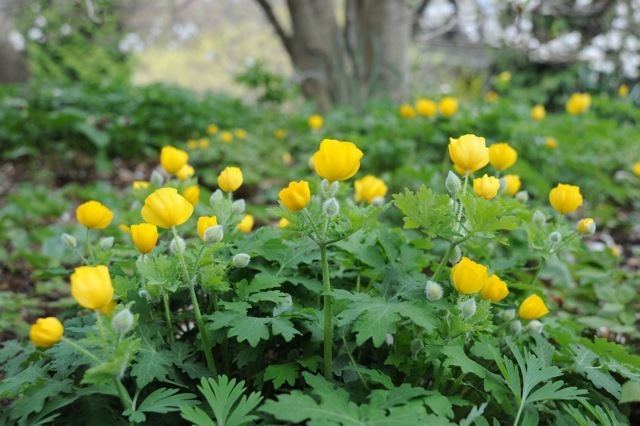 | ||
Similar Stylophorum, Mertensia virginica, Iris cristata, Asarum canadense, Aquilegia canadensis | ||
Wood poppy stylophorum diphyllum
Stylophorum diphyllum (celandine-poppy, wood poppy, poppywort) is a herbaceous perennial native to moist woodland in eastern North America, valued for its yellow flowers. The common name is derived from greater celandine (Chelidonium majus), a closely related European plant with similarly shaped leaves and similarly coloured and shaped flowers.
Contents
- Wood poppy stylophorum diphyllum
- Stylophorum diphyllum celandine poppy
- Description
- Propagation
- Threats
- Protection
- References
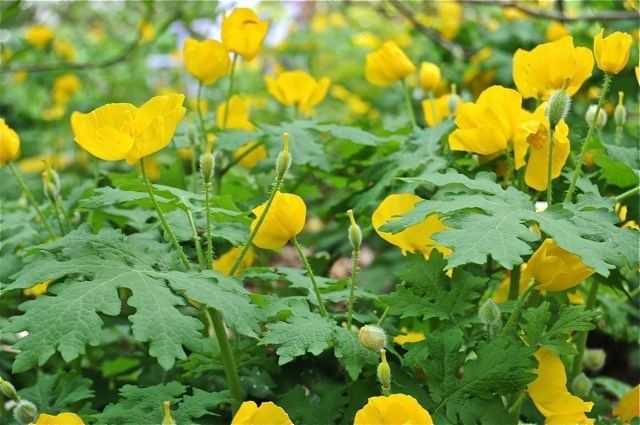
Stylophorum diphyllum celandine poppy
Description
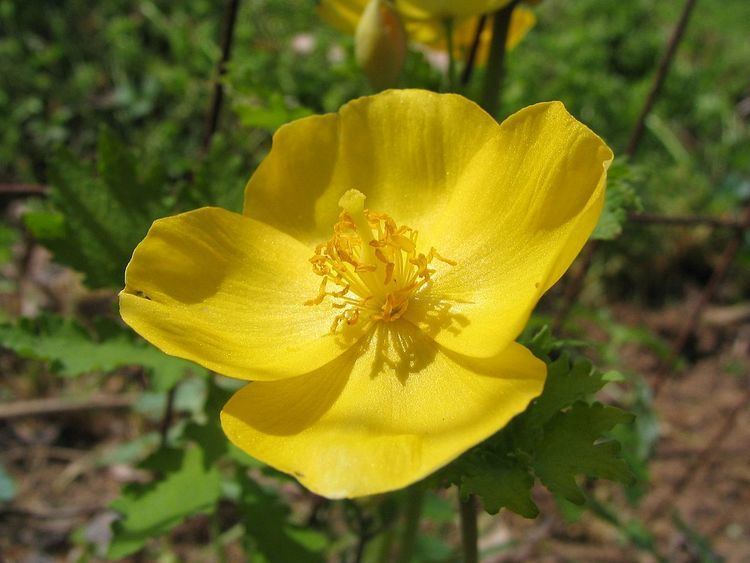
Plants grow about 1.5 feet tall from rhizomes. Leaves are pinnately cut and lobed. They grow from the base and off the flowering stems. Apart from its normal sap, Stylophorum diphyllum produces a yellow-orange latex that stains.

In spring, the deep yellow flowers of the Wood Poppy appear as a brilliant display on the forest floor. It comes as no surprise that the other common names of this plant are "Yellow Poppy" and "Celandine Poppy". Members of the Poppy Family are characterized by their production of latex, which in the case of the Wood Poppy is yellow. The flowers have 4 yellow petals, two soon falling sepals, many yellow-orange stamens, and a single knobby stigma. They appear in umbels of one or more flowers from early spring to early summer.
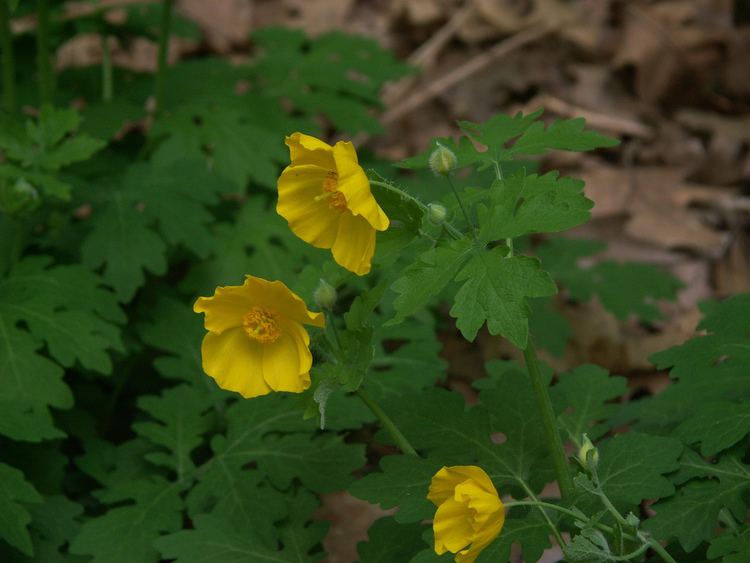
After fertilization, a bristly blue-green pod hangs below the leaves. Seeds with white elaiosomes ripen in midsummer and the pod opens by four flaps.

Plants are relatively long lived and readily self-seed under garden conditions, where they are grown under full to part shade.
Propagation
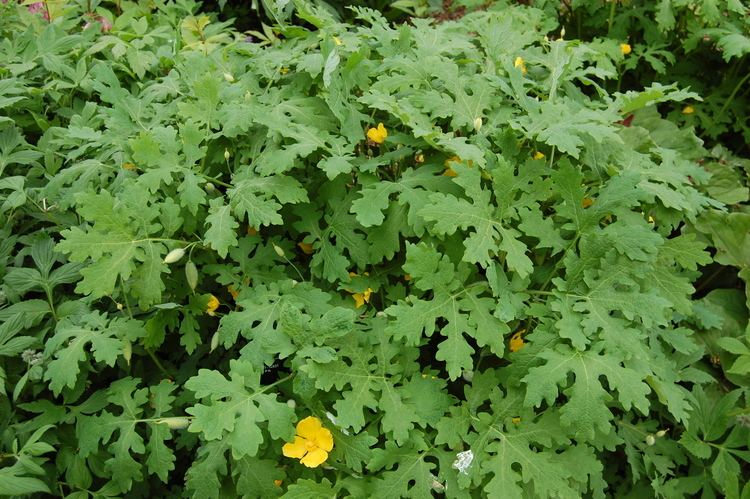
Propagation is done by seed or by dividing established clumps in spring. Division should be done early in the morning, preferably on a cloudy and mild day, and soil should be moist.
Threats
Forest clearance was probably responsible for the loss of some stands of this species in Ontario. As the Wood Poppy requires semi-shaded conditions, even selective logging can have negative effects by creating large openings that allow too much sun to reach the forest floor.
Protection
The Wood Poppy is listed under Ontario's Endangered Species Act, 2007, which protects the species and its habitat. The Natural Heritage component of the Provincial Policy Statement under Ontario's Planning Act provides for the protection of significant habitat of endangered and threatened species. One Ontario population of the Wood Poppy is in a conservation area. Ontario's Conservation Land Tax Incentive Program (CLTIP) will provide 100% tax relief to private landowners for the portion of their property (minimum size 0.5 acres) determined to be habitat of species in regulation under the E.S.A. This program recognizes, encourages and supports private land stewardship.
